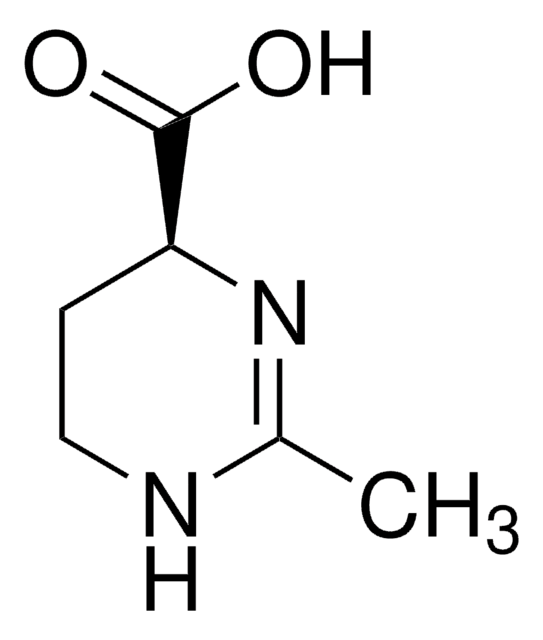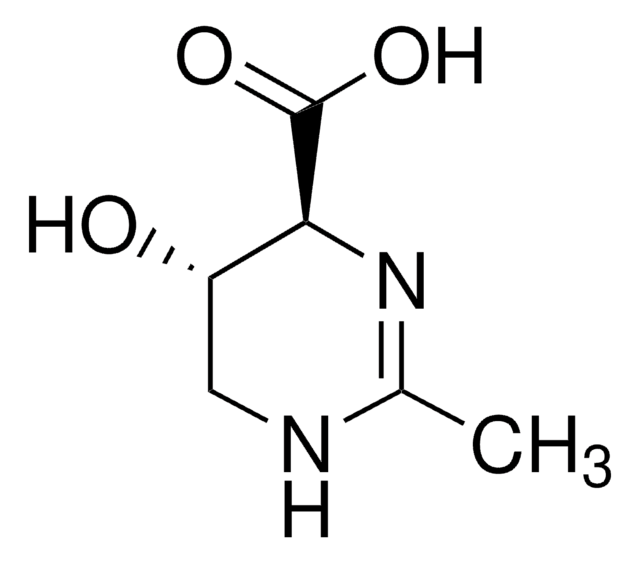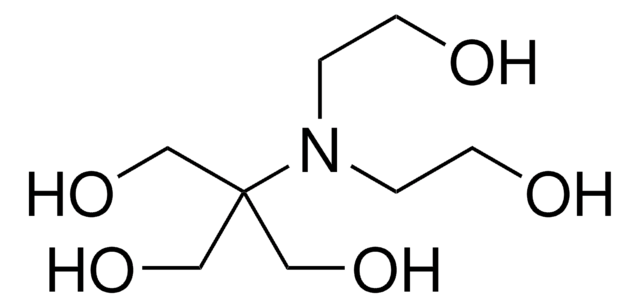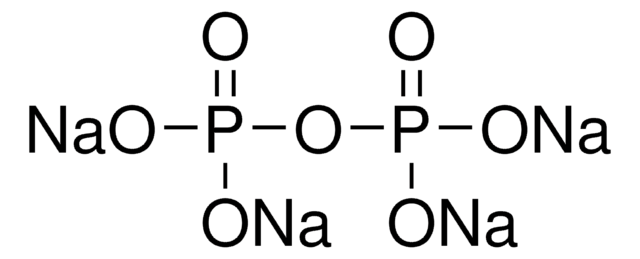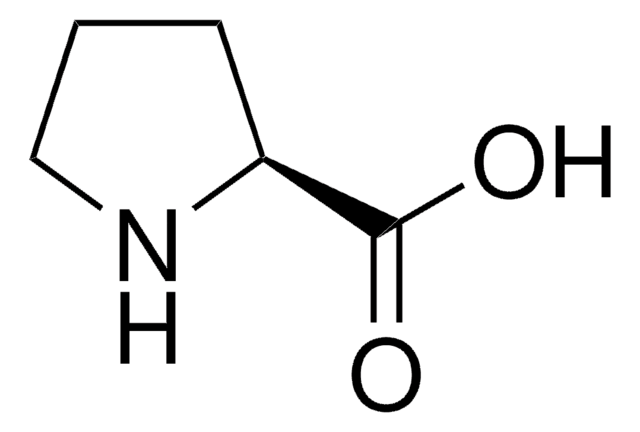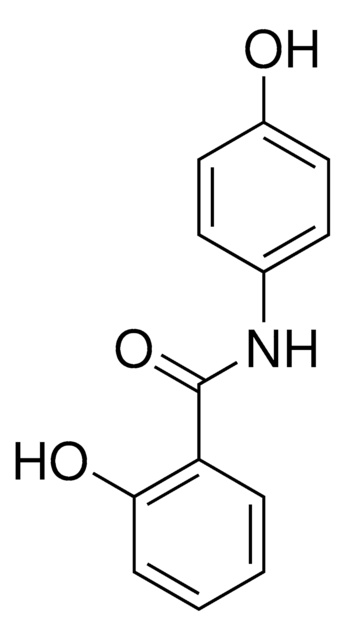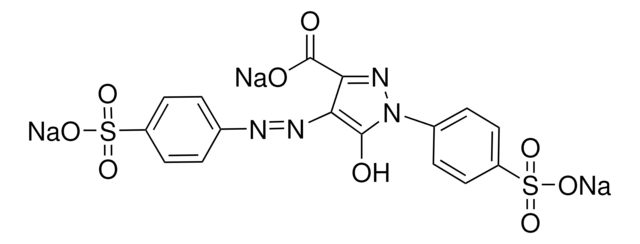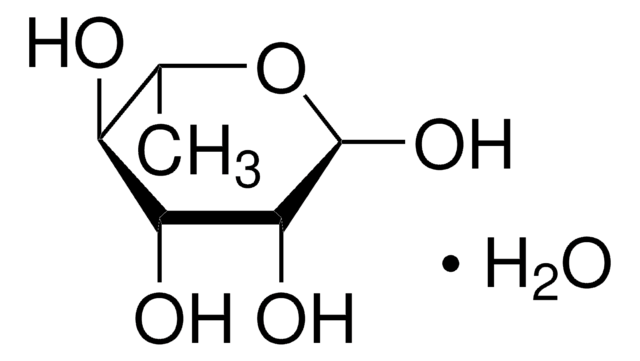70709
Hydroxyectoine
≥95% (HPLC)
Synonym(s):
(4S,5S)-5-Hydroxy-2-methyl-1,4,5,6-tetrahydropyrimidine-4-carboxylic acid, THP(A)
Sign Into View Organizational & Contract Pricing
All Photos(1)
About This Item
Empirical Formula (Hill Notation):
C6H10N2O3
CAS Number:
Molecular Weight:
158.16
MDL number:
UNSPSC Code:
24112111
PubChem Substance ID:
NACRES:
NA.21
Recommended Products
Quality Level
Assay
≥95% (HPLC)
form
solid
SMILES string
CC1=N[C@@H]([C@@H](O)CN1)C(O)=O
InChI
1S/C6H10N2O3/c1-3-7-2-4(9)5(8-3)6(10)11/h4-5,9H,2H2,1H3,(H,7,8)(H,10,11)/t4-,5-/m0/s1
InChI key
KIIBBJKLKFTNQO-WHFBIAKZSA-N
Looking for similar products? Visit Product Comparison Guide
Other Notes
Stabilizer for enzymes and biological macromolecules
Storage Class Code
11 - Combustible Solids
WGK
WGK 1
Flash Point(F)
Not applicable
Flash Point(C)
Not applicable
Personal Protective Equipment
dust mask type N95 (US), Eyeshields, Gloves
Choose from one of the most recent versions:
Already Own This Product?
Find documentation for the products that you have recently purchased in the Document Library.
Stanislav Obruca et al.
Applied microbiology and biotechnology, 100(3), 1365-1376 (2015-11-23)
Poly(3-hydroxybutyrate) (PHB) is a common carbon- and energy-storage compound simultaneously produced and degraded into its monomer 3-hydroxybutyrate (3HB) by numerous bacteria and Archae in a metabolic pathway called the PHB cycle. We investigated 3HB as a chemical chaperone capable of
Marc Benjamin Hahn et al.
Physical chemistry chemical physics : PCCP, 22(13), 6984-6992 (2020-03-20)
Ectoine is a small zwitterionic osmolyte and compatible solute, which does not interfere with cell metabolism even at molar concentrations. Plasmid DNA (pUC19) was irradiated with ultraviolet radiation (UV-C at 266 nm) under quasi physiological conditions (PBS) and in pure
Cuixia Guo et al.
Analytical biochemistry, 548, 109-114 (2018-03-03)
The Fe(II)/2-oxoglutarate-dependent dioxygenases (2-OGDs) catalyze the oxidation of substrates ranging from small molecules to large biomolecules with concomitant oxidation of co-substrate (2-oxoglutarate) into succinate. In the present study, we reported a coupled colorimetric assay that can be generally applied to
M.D. Vangala et al.
Bioforum, 23, 760-760 (2000)
Wei-Chuan Chen et al.
Journal of bioscience and bioengineering, 128(3), 332-336 (2019-04-03)
Hydroxyectoine, an ectoine derivative, is the most common compatible solute in halophilic microorganisms for resisting harsh environments. Compatible solutes can be utilized in fields such as cosmetics, medicine, and biochemistry. Moderately halophilic microorganisms produce much less hydroxyectoine as compared with
Our team of scientists has experience in all areas of research including Life Science, Material Science, Chemical Synthesis, Chromatography, Analytical and many others.
Contact Technical Service